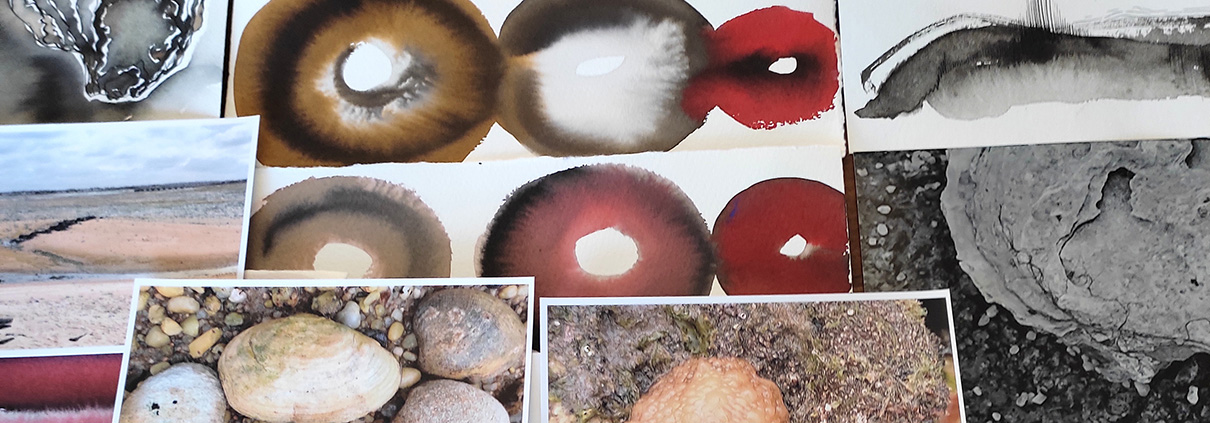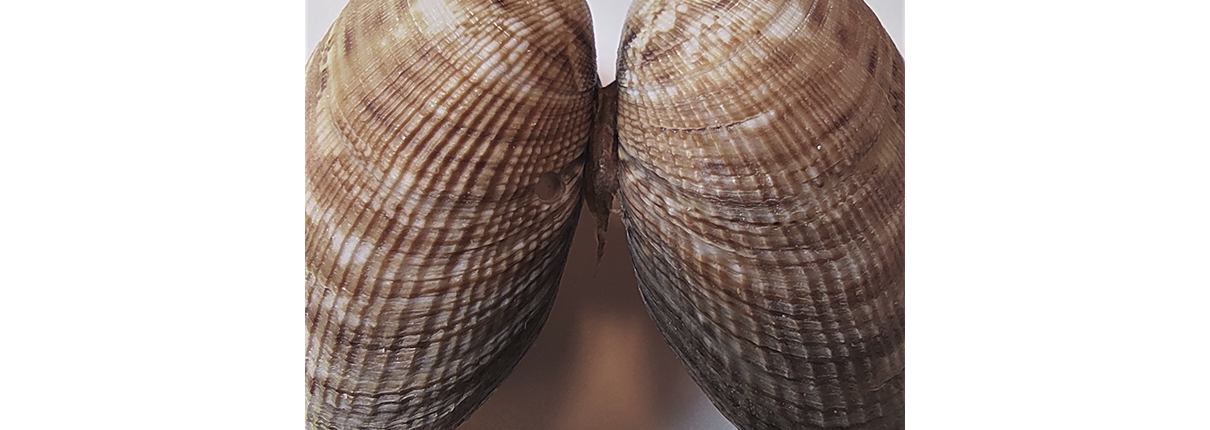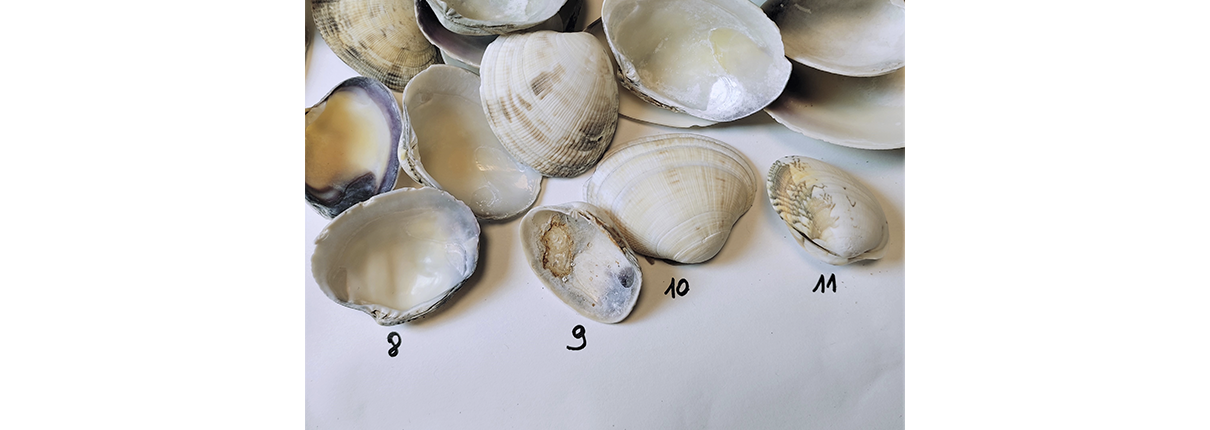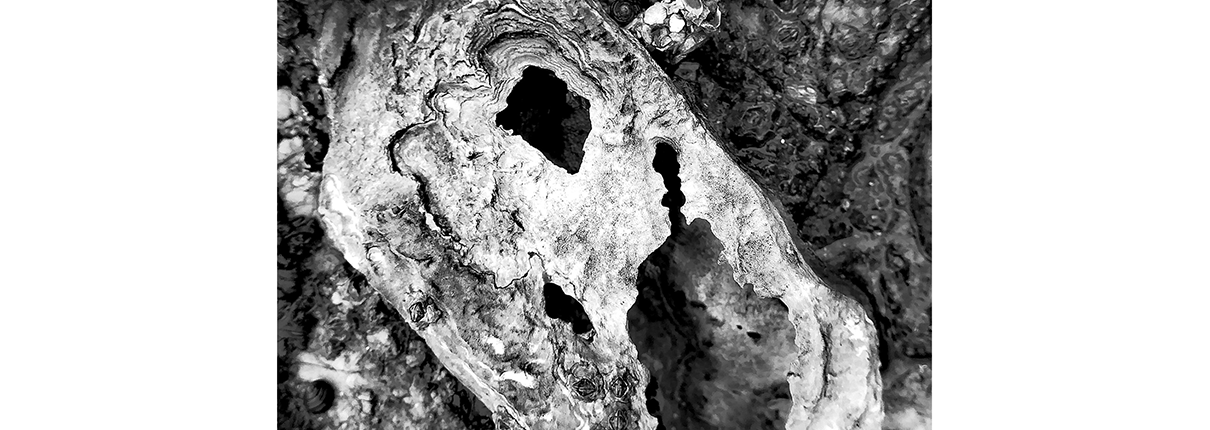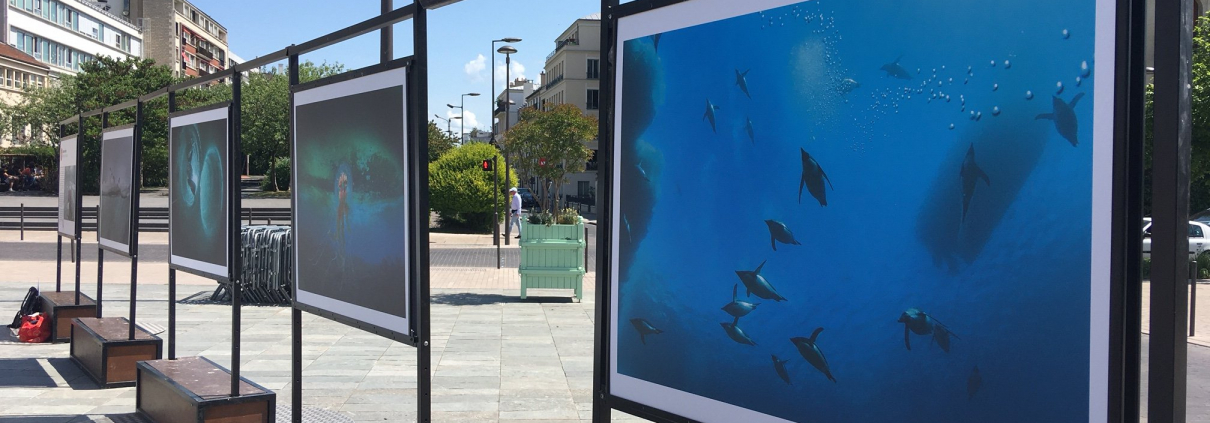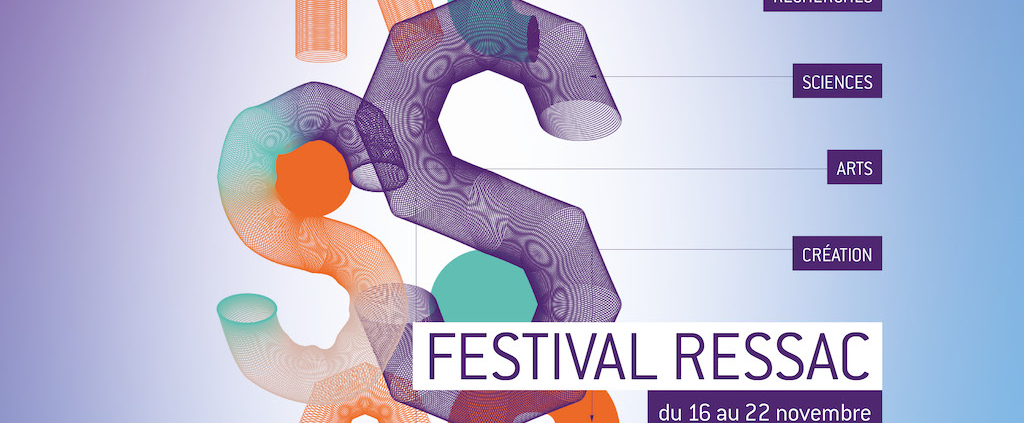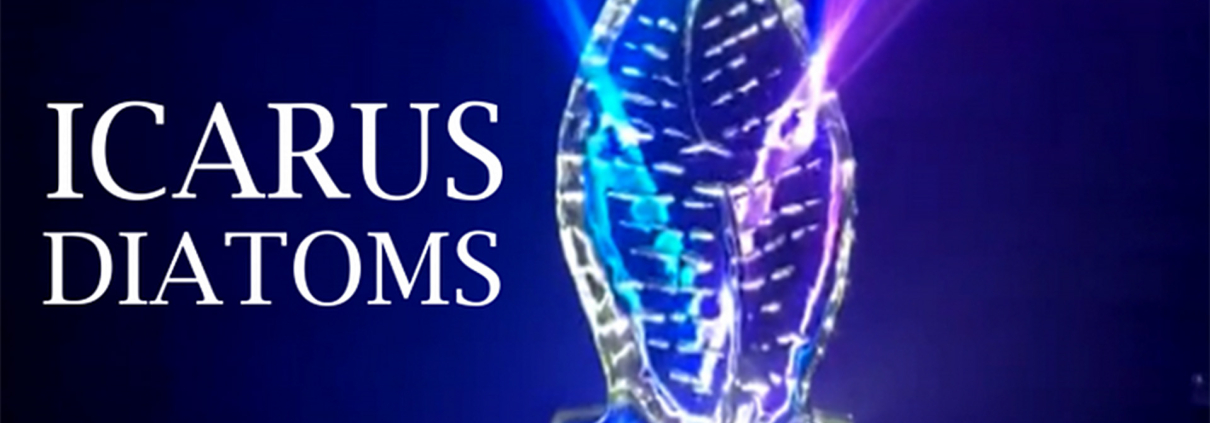Climclam and Transborder : arts, sciences & transdisciplinarity
TranSborder is a collaborative art-science platform of research-action and mediation animated by Isabelle Elizéon (researcher in art-science, art science and transdisciplinarity, visual artist and dramaturge). The platform is supported by the Company LASKO, and funded by the Fondation de France and the City of Brest.
The objective of all the actions carried out by TranSborder in art-science creation, mediation, consultation and training is to bring out new ways of building links between humans and non-humans, of thinking and imagining our “living” worlds from the different practices, imaginations and visions inherent to each universe. TranSborder thus aims to contribute to the valorization of research in the sciences of the sea, inter- and transdisciplinary creation, by creating new types of relationships and hybrid knowledge to respond to climatic and ecological issues. This platform is thus a space for practices and research allowing different types of art-science-society collaboration in order to reflect on adaptive art-science practices and methodologies, to develop training adapted to tomorrow’s challenges for students in the field of marine sciences, arts, education sciences, etc.
To accomplish this, TranSborder is working closely with the LEMAR laboratory and Christine Paillard (CNRS Researcher – LEMAR) on the international research project, IRP Climclam – CNRS, developed until 2027, under the direction of Christine Paillard and Luca Bargelloni (BCA – University of Padova, Italy). Within the IRP, Isabelle Elizéon is coordinator of the AR4 – art-science and transdisciplinarity – and leads various collaborations with the aim of creating connections between the 4 research axes, on the one hand, and on the other hand, to study the dynamics of inter- and transdisciplinary collaborations between artists and scientists. In this context, she collaborates with the artists’ collective Life (Anne Le Mée, Quentin Jourdan and Jérémy Segard), Philippe Arson, videomaker at the CNRS, and various researchers of ClimClam.
It is also through this means that Isabelle seeks to develop links with society as a whole by way of mediation and consultation actions, in order to analyze the dynamics and obstacles between the various actors involved. In 2023 and 2024, the flagship projects of TranSborder are Intimate Chronicles of Science, NacrE and The Art of the Link – the Art of Reconciliation, projects developed with actors in science, art and culture, and more generally with the larger society.

